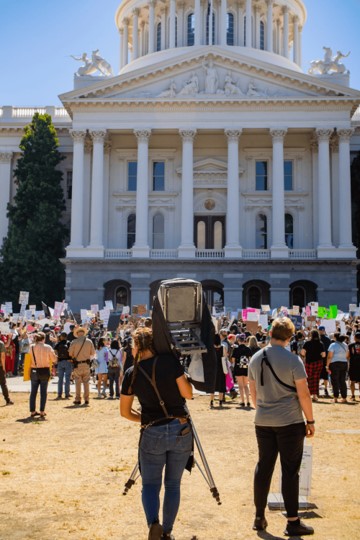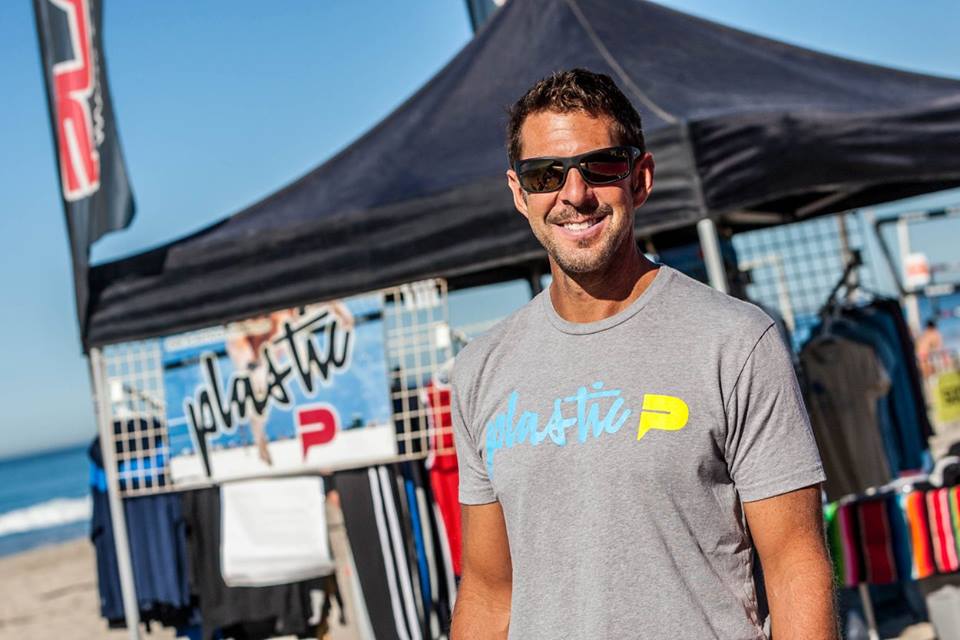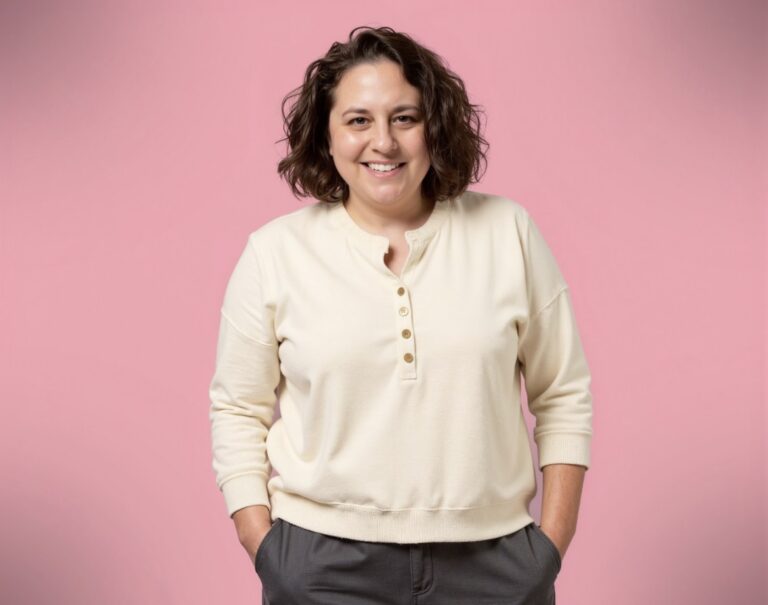We caught up with the brilliant and insightful Brittany Bradley a few weeks ago and have shared our conversation below.
Brittany, so excited to have you with us today. So much we can chat about, but one of the questions we are most interested in is how you have managed to keep your creativity alive.
Keeping my creativity alive requires treating it like a relationship, similar to how one nurtures a bond with a close friend or partner. I devote intentional time and energy to my creative practice, ensuring that I regularly engage with it in meaningful ways. Just as relationships require effort and dedication, I’m mindful about putting time aside for connecting and stretching my creativity. I schedule specific times for creative work, adhering to a block schedule that helps me protect that time, similar to holding a standing date night. These dedicated periods allow me to immerse myself fully in the creative process, ensuring that it remains a priority.
I have also worked hard to develop personal rituals that help me prepare for and engage in my creative work. These rituals serve as a way to mentally and emotionally transition into a creative mindset, allowing me to approach my work with focus and intention. They signal to my brain and body “this is time to work”. I have a playlist for the studio and while I’m on location, I make myself coffee and settle into my body, say my affirmations and begin . By treating my creativity with the same respect and commitment as my most important relationships, I ensure that it remains a constant and vibrant force in my life.
Thanks for sharing that. So, before we get any further into our conversation, can you tell our readers a bit about yourself and what you’re working on?
I’m an alternative process photographer and a seasoned museum and gallery professional, my work focuses on reimagining and redefining historical photographic techniques to amplify marginalized voices.
What excites me most about my work is the opportunity to challenge and transform the traditional narratives of collodion photography, a medium historically dominated by the white male gaze. By using a mobile darkroom to bring collodion photography out of the studio and into public spaces, I’m able to engage differently with my sitters, offering a more equitable relationship between photographer and subject. I am committed to making the images that were missing from the version of history I was presented in school, thus using my art to empower my subjects and amplify marginalized communities and voices. Through my work, I strive to inspire others to see the potential of photography as a tool for social change and reclamation.
Looking ahead, I am thrilled to announce upcoming tours to Oregon, Washington, Las Vegas, and Hawaii to photograph roller derby communities.”Jamnesia”, a wet plate collodion project, will culminate in an exhibition and book about the unique community of roller derby.
If you had to pick three qualities that are most important to develop, which three would you say matter most?
The three qualities that have been most impactful for me are resilience, a commitment to lifelong learning, and authenticity. These qualities have not only shaped my career but have also allowed me to navigate both challenges and opportunities in my career.
1. Resilience: The path of an artist is filled with both triumphs and setbacks. Resilience has allowed me to persevere through challenges and remain dedicated to my vision. For those early in their journey, I recommend embracing failures as learning opportunities. Every setback can teach valuable lessons and build the resilience needed to succeed in the long run. When you fail at something treat that as an opportunity to reflect and then get back up again as soon as you can.
2. Commitment to Lifelong Learning: Continuously expanding my knowledge and skills has been crucial. From studying photography at Sacramento State University to learning the wet-plate collodion process from masters like France Scully Osterman, David Emitt Adams, and Claire A. Warden, my dedication to learning has kept my work evolving and relevant. My advice to newcomers is to stay curious and proactive in seeking new learning experiences. Attend workshops, pursue formal and informal education, and remain open to new techniques and perspectives.
3. Authenticity has allowed me to build genuine and lasting relationships, foster trust, and maintain a clear sense of purpose and values. It’s made my interactions more meaningful and my reach more effective.
My advice for deepening your authenticity is to spend time and really get to Know Yourself: Spend time reflecting on your values, strengths, and weaknesses. Understanding yourself is the first step to being authentic.
Be Honest: Always be honest in your communications and actions. Transparency builds trust and credibility.
Stay True to Your Values: Let your values guide your decisions and actions. Don’t compromise on what you believe in, even when it’s difficult. Opportunities are going to arise that seem good, but maybe they don’t align with who you are, remind yourself that not very opportunity is for YOU and that’s totally ok.
All the wisdom you’ve shared today is sincerely appreciated. Before we go, can you tell us about the main challenge you are currently facing?
The number one obstacle I am currently facing is balancing the demands of my artistic practice with my professional responsibilities as a archive collections specialist. Juggling these dual roles can be challenging, as both require significant time, energy, and dedication. This balancing act often leaves little room for personal creative exploration and can lead to periods of burnout.
To overcome this challenge, I have implemented several strategies. Firstly, I prioritize time management and organization, using tools like block scheduling to allocate dedicated time slots for both my artistic and professional work. This helps ensure that neither area is neglected and that I can maintain a steady workflow. Additionally, I am learning to delegate tasks and seek collaborative opportunities that align with both my roles. For instance, conducting public demonstrations and artist talks not only furthers my artistic mission but also compliments my work in collections preservation.
Moreover, I have found that setting clear boundaries and making time for self-care is essential. By establishing regular periods for rest and creative rejuvenation, I can maintain my passion and productivity in both arenas. Finally, seeking mentorship and advice from peers who have successfully navigated similar challenges has been invaluable. Their insights and support provide practical solutions and reinforce the importance of maintaining a healthy work-life balance.
Contact Info:
- Website: www.brittanyrosebradley.com
- Instagram: @Nitrate_Fox
- Other: tiktok @nitrate_fox
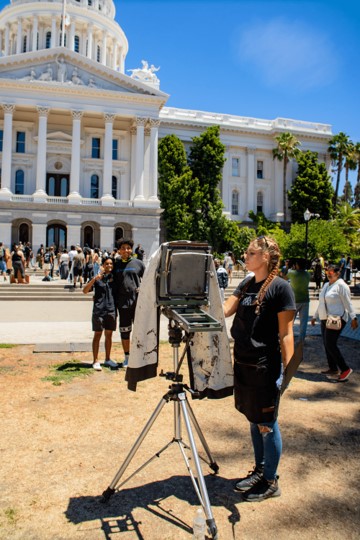
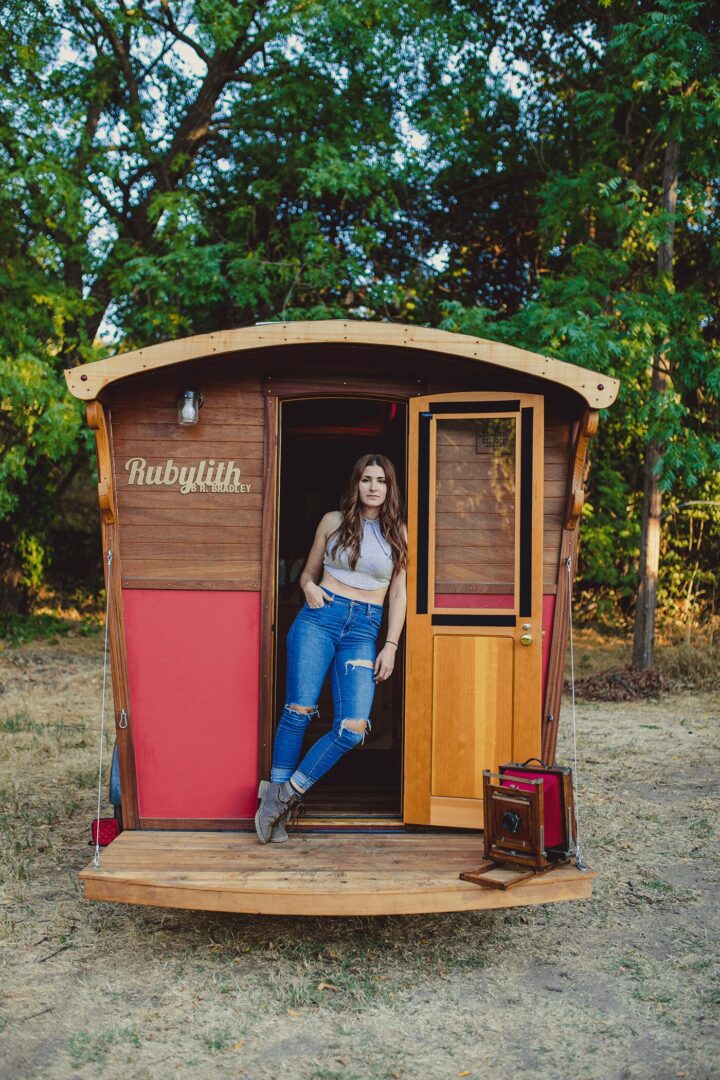
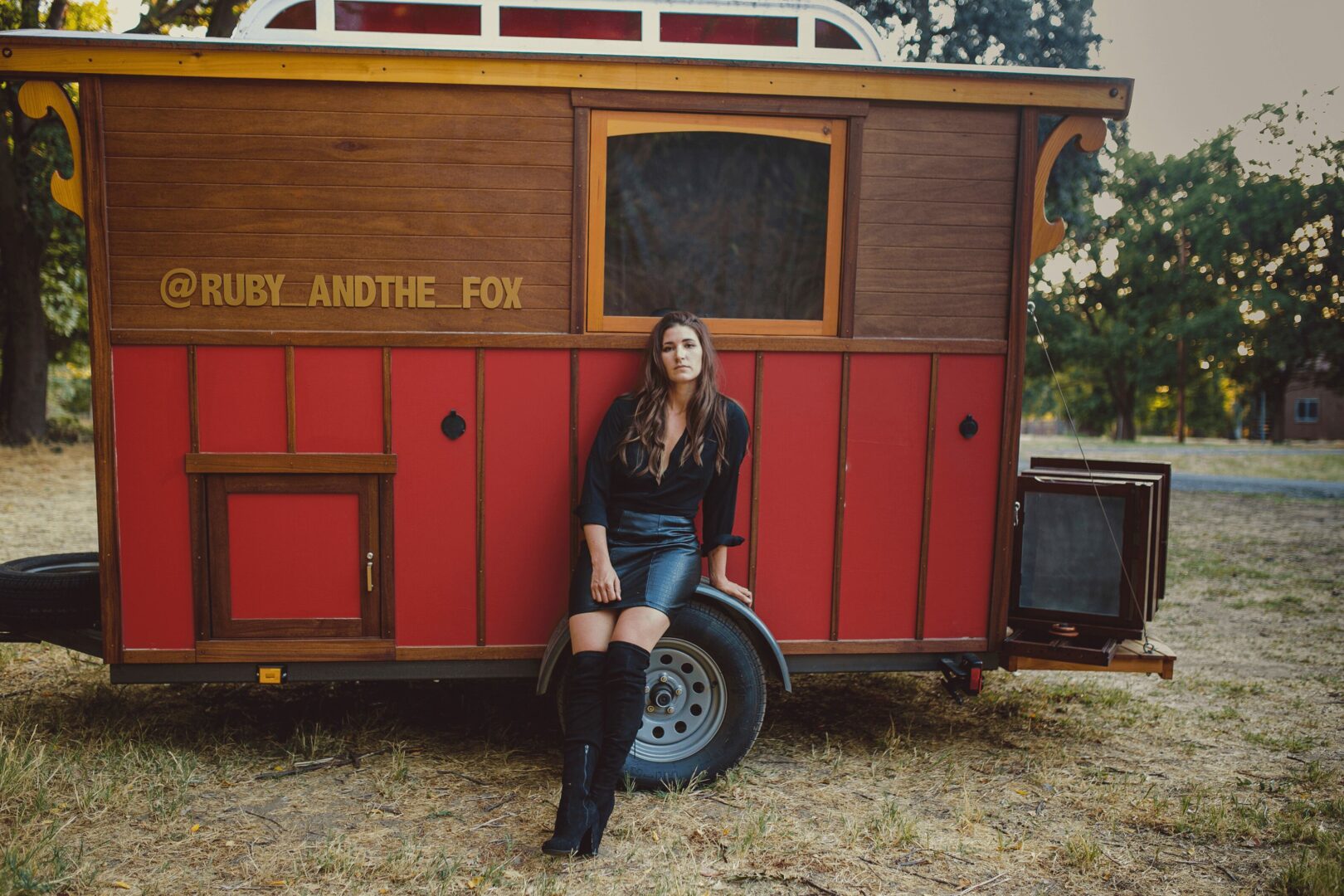
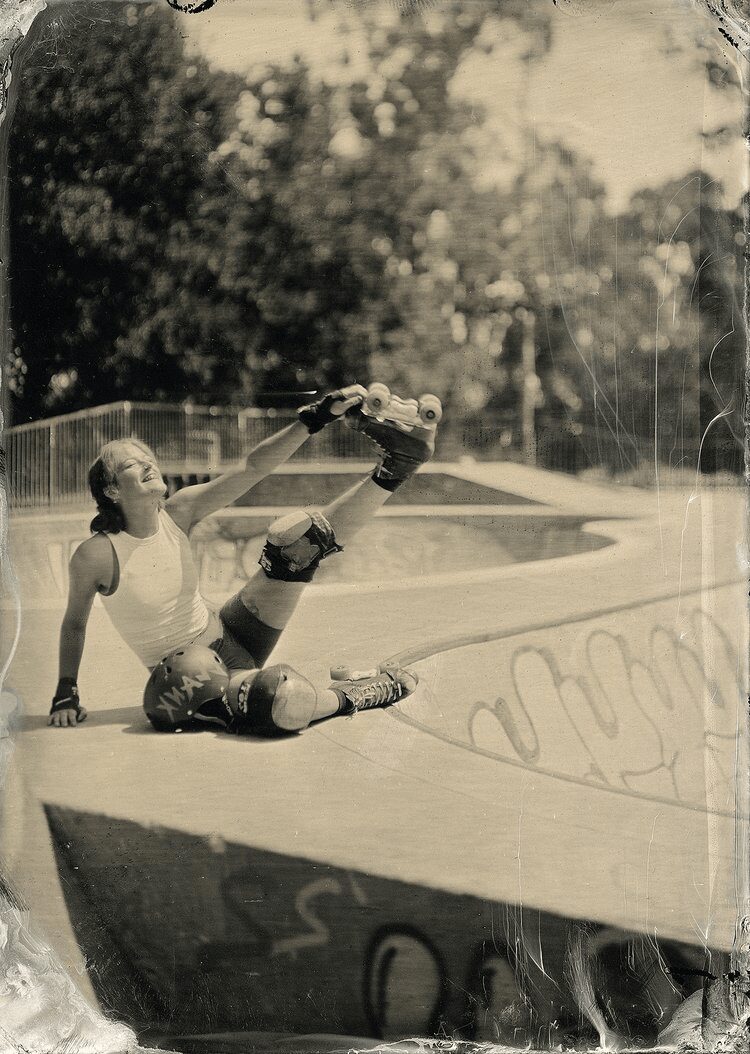
Image Credits
Cisco Kuhl Britt Bradley Kayleigh Shawn Photo <br>

